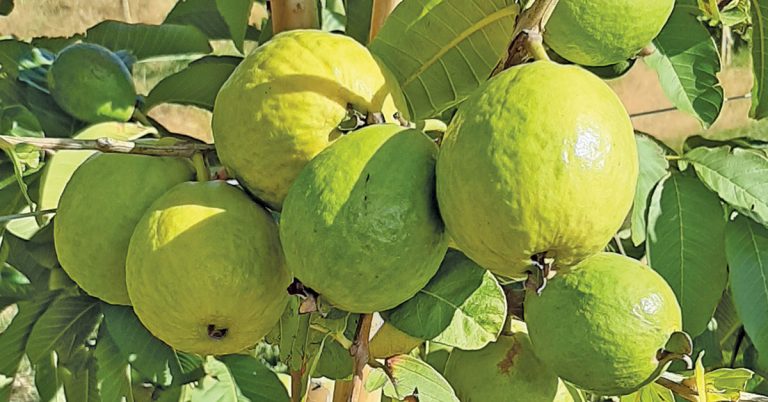
Photo: FW Archive
Guava production in the northern regions of South Africa has more than halved over the past decade due to the devastating impact of guava wilt disease.
“The disease is contagious and there’s no cure for it. Farmers are [therefore] replacing guava orchards with other crops,” Jacques Jordaan, CEO of the Guava Producers’ Association (GPA), said.
Speaking at GPA’s recent annual general meeting held in Simondium in the Western Cape, Jordaan said in the Western Cape, which was free of the disease, guava orchards had declined from 633ha in 2017 to 542ha because farmers had removed trees due to low profits.
Approximately 70% of the guava harvest was still sent to the juice market, which simply did not justify the high labour costs associated with production. The fresh market was lucrative but limited, accounting for only 24% of production, he added.
“For industry stability, we need to grow the fresh market through consumer awareness campaigns and the development of more appealing and improved cultivars. However, this will also require a production shift, as guavas aimed at the fresh market require different management and care practices than fruit aimed at the juice market,” Jordaan said.
The harvest in the Western Cape was expected to increase from 22 716t last season to 23 715t this season.
“The [Western Cape], except for the Southern Cape [region], which is still in the grips of drought, is having a pretty good season, with production figures not reflecting how well [it is doing] due to the decline in the area under production. Some farmers are expected to harvest up to 15% more than last year,” Jordaan said.
Fruit size had been a concern at the beginning of the season, but favourable rainfall and cold weather had since resulted in good size development.
Jordaan said due to the current fragmentation of the industry, it was difficult to speculate about what was happening in the northern regions of the country.
South Africa was a small player on the global market in terms of guava production, accounting for a mere 32 000t to 35 000t annually, he said.
India was the largest producer, accounting for approximately 20,7 million tons in 2020, followed by China, which produced around 5,16 million tons.
In Africa, both Egypt and Nigeria were bigger producers of guavas than South Africa, accounting for about 1,16 million tons and 949 000t respectively.
Also speaking at the annual general meeting, environmentalist Dave Pepler told delegates to use the small size of the industry to their advantage.
“Being small makes it easy to change and adapt to new markets. The industry, for instance, could look at the use of new technologies to produce unique new cultivars and products for the fresh and value-added markets, such as guava grappa, guava pip oil, or fresh guavas infused with new flavours.”
He encouraged the industry, which was in the process of launching a social media awareness campaign, to refine its marketing strategy.
“Facebook and Instagram are dying, so make sure you are targeting platforms that are growing, as well as those aimed at the younger generation.
“Also, if you haven’t done so yet, invest in research that backs health claims that guavas have a significantly higher vitamin C content than citrus, and help to alleviate high blood pressure,” he said.
Turning to guava production, Pepler said farmers needed to brace themselves for more climate uncertainty and extreme weather conditions.
He urged producers to assume that they had been “doing things wrong all these years” and find ways to reduce their environmental footprint, as well as enhance the resilience of their farming systems.
“My heart tells me that soil will be key to the Earth’s future resilience, thanks to its ability to buffer climatic shocks. For this reason, we need to switch to production systems that help to regenerate the soil.”










